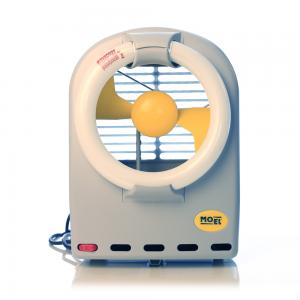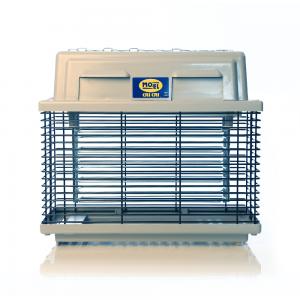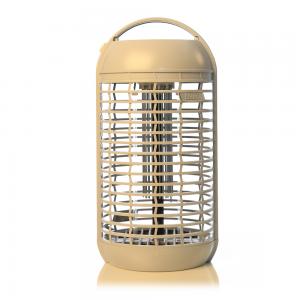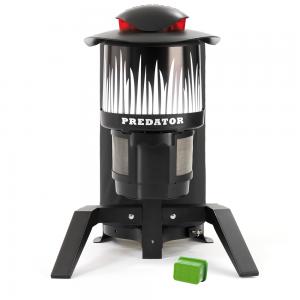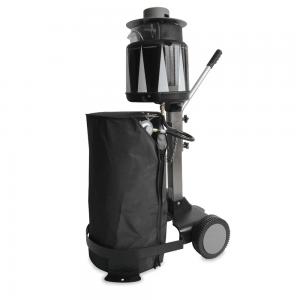Insect trap or mosquito trap
What is meant by mosquito trap and what is meant by insect trap?
An insect trap attracts several types of flying insects and a mosquito trap is specialized in attracting mosquitoes, gnats and midges. What determines is what kind of attractant the insect catcher has. Generally most insects, including mosquitoes, are attracted to light, color contrasts and heat. Mosquitoes, gnats and midges are also attracted by exhaled air (carbon dioxide) and various scents from the body. The machines that only attract with light and heat thus attract mosquitoes but also other varieties of insects. The insect may not be caught anyway because some may fly out of the vacuum suction that our mosquito traps have. However, there is a machine that can handle this and it is Moel AIT, it has a really strong fan and only attracts with light so it works very well against, for example, flies and saliva flies too.
We have seen that our machines with sticky paper, Predator Dynamic and SkeeterVac, also manage to catch some other insects such as brake and horse flies.
Insect traps instead of spraying pesticide BTI
When insect control by means of spraying cannot or cannot be done, an insect killer can be an alternative to alleviate the plague with mosquitoes, gnats and midges.
This way, of course, cannot achieve the same effective results over larger areas but is an alternative to smaller areas. A gas-powered insect machine, which attracts the insect by simulating exhalation, odors, heat and moisture emitted by a human or animal. No chemicals are used to kill the insect with these machines.
Insect control with spraying pesticide BTI
Knitting mosquitoes can, in suitable weather conditions, combination of sun and rain or floods, propagate in such quantities that they become a plague for both animals and humans. Due to the rain in recent years, these conditions seem to spread in Sweden. In particular, the media has drawn attention to the Nedre Dalälven flood area with Österfärnebo, Tärnsjö and Gysinge, which were particularly affected. This is Ochlerotatus sticticus (Aedes sticticus or Aedes rusticus), a particularly aggressive wetland mosquito. For several years, the pesticide BTI has been used to kill mosquito larvae. The control issue has been very sensitive, partly because Färnebofjärden is a national park.
The control is carried out with the biological pesticide Vectobac G with the bacterium Bacillus thuringiensis israelensis (Bti) H14 as active organism. The agent contains fragments of corn cobs (without barley) coated with Bti. It is a bacterium that is effective against insects in some families in the subset Nematocera (mosquitoes), especially mosquitoes. The bacteria accompany the food into the host's intestine. Through the action of enzymes, pH and the like. toxins are released which attack the intestinal epithelium and cause its cells to rupture. If enough bacteria are present in the intestine, this causes the intestine to be so severely damaged that the mosquito dies.


